
I’ve known Monica and Tim forever, which is why their sepsis battles aren’t just “patient stories” to me. They’re a reminder that infection hides in ordinary days, and that vigilance, source control, and smart antibiotics save lives.

I’ve known Monica and Tim forever, which is why their sepsis battles aren’t just “patient stories” to me. They’re a reminder that infection hides in ordinary days, and that vigilance, source control, and smart antibiotics save lives.

Infection prevention may be built on evidence, but it thrives on empathy. During a recent Infection Control Today roundtable, in this third installment, veteran infection preventionists shared how emotional intelligence, communication, and systems thinking—not just clinical expertise—define the profession’s future.
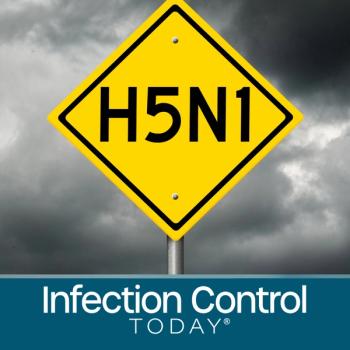
Just months after many dismissed H5N1 as a past concern, the “bird flu” has returned with force—killing millions of birds, infecting mammals from cows to cats, and raising alarms among scientists who warn the virus is edging closer to human adaptation.

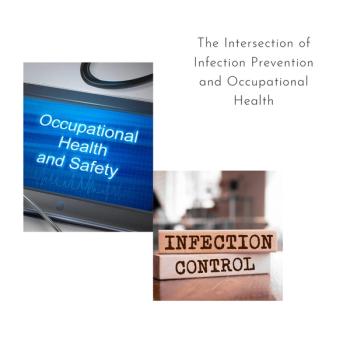
If you’ve ever been asked to track flu shots and handle a chemical splash in the same breath, you’ve met the IP–OH blur. Infection prevention and occupational health often intersect—but their missions differ. Knowing where each begins ensures safer patients, safer staff, and smoother responses.

Candida auris is the pathogen that won’t take a hint—clinging to surfaces, nesting in biofilms, and outlasting rushed wipe-downs. Yet the chemistries potent enough to kill it can be punishing to people, devices, and environments. This piece tackles the tightrope: how to choose, use, and verify C auris effective disinfection without trading one risk for another.
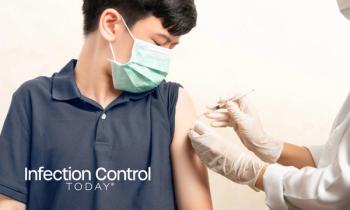
Fear of vaccine-related myocarditis is narrowing guidance, but the evidence is clear: COVID-19 infection triggers more myocarditis than vaccination, early doses cut pediatric long COVID, and myocarditis appeared in 2020—before vaccines existed. This piece restores the full risk–benefit picture.

Hepatitis B still ruins lives—and newborns are most at risk. Infectious diseases specialist Matthew Pullen, MD, calls early vaccination “a no-brainer,” noting perinatal transmission can lead to liver failure and cancer. He also discusses insurance issues to get treatments covered.

Let’s make measles prevention visible. One quick huddle, one clear sign, one easy clinic—each move keeps families safe and confident.

Measles is resurging as misinformation erodes herd immunity. Matthew Pullen, MD, explains how “immunologic amnesia” and antivaccine myths endanger children—and what infection preventionists must know.

As the days get colder, with CDC’s school guidance, now is the time for schools to double down on air quality, hygiene, and infection prevention to protect students and staff.

Staph, TB, and rising respiratory viruses are keeping ERs busy. Here’s what infection preventionists should watch for this season—and why vigilance matters.

Arlene Bush chats with Infection Control Today again. This time to chat about membership and one surprising learning opportunity.

International Infection Prevention Week is coming up from October 19 to 25. Read on to learn how to celebrate in your own facility!

The Bug of the Month helps educate readers about existing and emerging pathogens that are clinically important in today's health care facilities.

The Bug of the Month helps educate readers about existing and emerging pathogens that are clinically important in today's health care facilities. Check out the author reading the article and identify which bug is speaking in this installment.

Check out the latest print edition of Infection Control Today: September/October 2025.

Infection prevention cannot succeed in silos. From acute care hospitals to long-term care facilities, interdisciplinary teams bring diverse expertise together, transforming safety from an individual responsibility into a shared culture. It’s time for leaders to champion collaboration, empower every role, and embed IPC into daily care delivery.

Behind every skilled infection preventionist is an educator who lit the spark. If you know someone who’s shaping the future of safety—1 glove, 1 lecture, 1 student at a time—nominate them now for ICT’s 2025 Educator of the Year.

Check out our first IPC Crossword Challenge.

Join global leaders in infection prevention, pandemic response, and public health strategy at the Health Watch USA 20th Annual Conference. This is your chance to gain actionable insights on emerging pathogens, vaccine misinformation, and antibiotic resistance, while earning CE credits at no cost. Don’t wait; Be part of the solution.
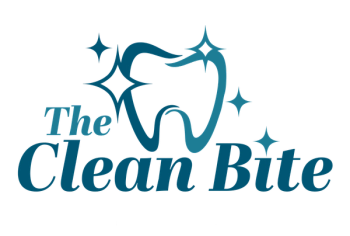
Want dental assistants who don’t just know infection control, but live it from day one? Tune in to The Clean Bite and learn how powerhouse instructor Samantha Mangioni is shaping the next generation to protect every patient, every time.

The Bug of the Month helps educate readers about existing and emerging pathogens that are clinically important in today's health care facilities.

As climate change accelerates, health care’s environmental impact faces increased scrutiny, with sterile processing departments (SPDs) emerging as key change agents. Often behind the scenes, SPD professionals can lead sustainability by turning routine practices into ecofriendly protocols that protect both patient and planetary health.
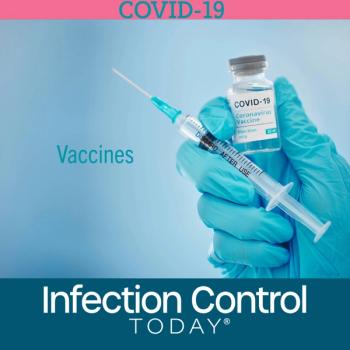
As the FDA limits COVID-19 vaccine approvals to high-risk groups, healthy adults and pregnant individuals are being left behind. Learn how these changes could impact insurance coverage, long COVID prevention, and public health strategies.

Sharps injuries remain a silent but serious threat in health care that infection preventionists are uniquely equipped to confront. With underreporting widespread and safety devices underused, it’s time for IPs to step into a leadership role, using their expertise in systems thinking, education, and policy to build a culture where staff protection is as prioritized as patient care.

Despite decades of progress in health care safety, a quiet but dangerous culture still lingers: many health care workers remain afraid to report sharps injuries, fearing blame more than the wound itself.
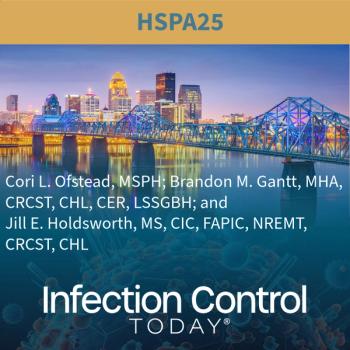
At the 2025 HSPA Annual Conference & Expo, Cori L. Ofstead, MSPH, highlighted critical flaws in manufacturers’ instructions for use (IFUs) for orthopedic and neurosurgical instruments. From contradictory directions to unrealistic cleaning expectations, these IFUs often fail under real-world conditions, jeopardizing both patient safety and sterile processing workflows.

A Danish study of 1.2 million children found no increased risk of autoimmune, allergic, or neurodevelopmental disorders from aluminum in early childhood vaccines, helping close key safety evidence gaps.

A groundbreaking study presented at HSPA25 and APIC25 exposed hidden contamination lurking inside orthopedic and neurosurgical instruments—even after cleaning. The Lumens 2.0 research highlights why infection prevention must look deeper than surface-level protocols.